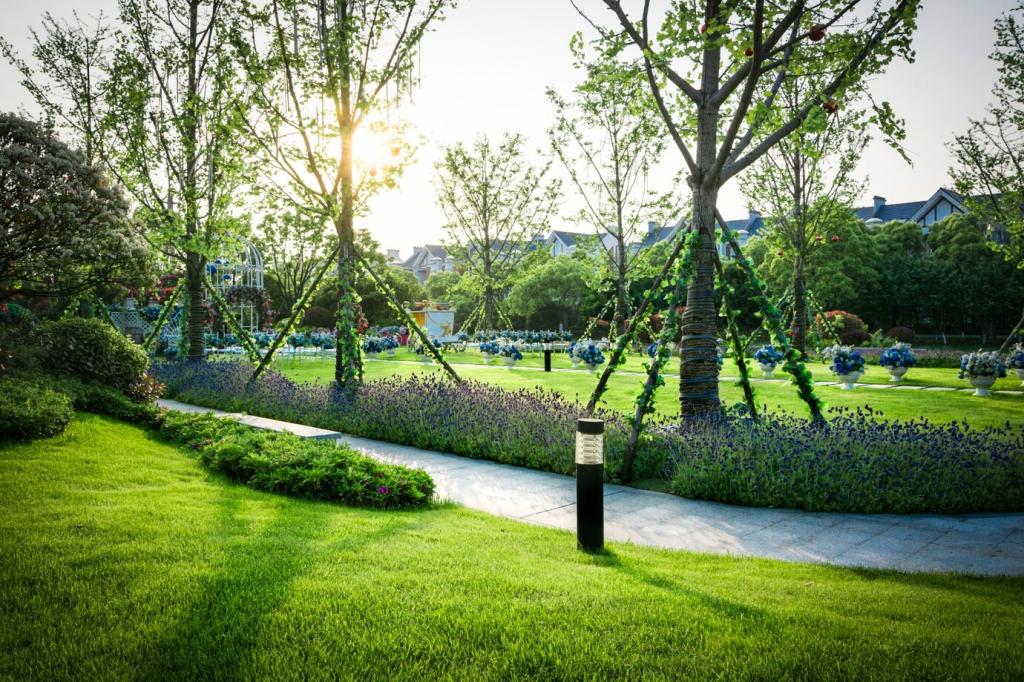Design Principles for Wildlife‑Friendly Urban Spaces
Combine canopy, understory, shrub, and ground layers with native species to offer food, shelter, and nesting niches year‑round. Think berries in winter, nectar in spring, caterpillar host plants in summer. Share your ZIP code, and we’ll suggest three native starters in our newsletter.
Design Principles for Wildlife‑Friendly Urban Spaces
Link courtyards, rain gardens, and pocket prairies along streets and waterways, letting wildlife move safely through the city. Even narrow verges matter. Post a map of your block’s green links, and join our monthly challenge to bridge one missing habitat gap.


